Discover the Beauty of Heritage in Daily Living
There is a unique beauty in preserving the old ways, where Heritage Skills, self-sufficiency, and simple living create a truly purposeful and peaceful life. In a world that constantly moves faster, where convenience takes precedence over craftsmanship, it is easy to forget the timeless skills and traditions that once shaped everyday life. I remember the smell of fresh bread baking in a wood-fired oven, the rhythmic motion of a rocking chair while knitting, and the satisfaction of tending a thriving garden—each carrying an unmistakable sense of peace and purpose. These are more than memories; they are touchstones reminding us of the strength and warmth passed through generations, where knowledge flowed naturally from mothers to daughters, fathers to sons.
The Value of Skills That Last
For many, homemaking, gardening, food preservation, and craftsmanship were never just hobbies but truly essential life skills. Today, these Heritage Skills are quietly slipping away, replaced by fast food, disposable goods, and a culture built on immediate gratification. Yet I have found that choosing to practice these skills is not a sentimental endeavor, but an investment in a simpler, more sustainable, and deeply fulfilling way of life. Returning to these practices does not mean rejecting the modern world; it means choosing balance—reclaiming values that help us live with meaning, resilience, and joy.
The Power of Roots in Heritage
When I think about the Heritage Skills passed down from our ancestors, I see more than tasks—they are a story of perseverance, resilience, and creativity that shaped my family and its history. Every detail feels woven into how they once lived: from canning tomatoes in the summer to quilting in the winter, or baking a beloved family recipe from scratch. These traditions are not just practices; they are living connections that carry the heart of many generations.
Growing up, I saw my grandparents carefully preserving their Heritage Skills, treating it as an honor and a duty to share their wisdom with us so it could be carried forward. When I learned how to stitch a quilt or prepare food the old way, I realized that the beauty lies not just in the skill but in the deeper meaning of belonging. These everyday rituals tied us together, reminding me that heritage is not locked in the past—it is alive in the present, waiting to guide us into the future.
Building Strength Through Self-Sufficiency
I have often admired how Heritage Skills give us the ability to rely less on big corporations and more on our own two hands. When I first learned to grow food in my small backyard, I realized it was more than just gardening—it was freedom. The same feeling came when I learned to mend clothes instead of throwing them away, or when I used simple homemade remedies that my grandmother once taught me. These practices gave me a sense of independence that no store-bought product could replace.
In today’s world of uncertainty, with economic hardship, supply chain issues, and even personal challenges, these Heritage Skills prove to be truly invaluable. What may look like small acts—patching a shirt, baking bread, or growing herbs—are in fact survival tools that make life more stable and meaningful. Each step away from dependency on others is a step closer to resilience, and that is where the wisdom of the old ways shines brightest.
Finding Calm Through Patience and Purpose
In modern life, everything moves with incredible speed. Meals are often microwaved, entertainment is instant, and shopping can be done with a single click of a button. Yet Heritage Skills invite us to slow down and rediscover the quiet joy of learning something by hand. When I first tried to knit, I felt awkward, but each stitch taught me to value steady effort. The same happened while baking bread from scratch or carefully tending a small garden. These tasks remind me that good things take time, and that patience is a virtue worth cultivating.
Practicing these Heritage Skills changes more than daily routines; it reshapes the heart. By stepping away from instant results, we reconnect with rhythm and meaning. Whether it is kneading dough, watering seedlings, or finishing a handmade gift, the process itself becomes a lesson in presence and purpose—proof that the wisdom of the past still has power in our fast-moving world.
Nurturing Sustainability and Stewardship
Looking back at the practices of our ancestors, it’s clear they lived in harmony with the land, not because it was trendy, but because they had no other choice. Nothing was ever wasted; everything was repurposed, and they worked with nature rather than against it. Today, embracing similar Heritage Skills like composting, raising backyard chickens, using natural cleaners, or making handmade goods allows us to reduce waste and show genuine care for God’s creation in a meaningful way.
In my own experience, turning simple routines into sustainable habits has been transformative. Preparing natural remedies, crafting items by hand, and tending small gardens remind us that every small action contributes to a bigger impact. These Heritage Skills teach us to respect the environment, to live thoughtfully, and to recognize that sustainability isn’t just a concept—it’s a practical, daily way of life that connects us to the wisdom of the past.
Strengthening Families and Communities Through Tradition
Before modern conveniences, families spent more time working toward shared goals, and children learned Heritage Skills by watching and doing, rather than being entertained by screens. Communities relied on one another, trading goods and services, sharing meals, and gathering for celebrations. Even today, bringing back these elements—like family baking days, church quilting bees, or neighborhood potlucks—helps build stronger relationships and a deeper sense of belonging.
I remember attending my first family baking day and seeing how everyone, from kids to grandparents, contributed. The laughter, teamwork, and shared purpose created bonds that no digital interaction could replicate. These simple Heritage Skills remind us that nurturing families and communities isn’t just about being together physically—it’s about creating lasting memories, passing down values, and strengthening the social fabric that keeps us connected across generations.
Mastering Traditional Crafts and Everyday Skills
When I first started exploring heritage practices, I decided to pick a few simple activities that felt meaningful. I would dive into books, follow tutorials, and ask an older family member to teach me some of their cherished Heritage Skills. Starting small makes it easier to build confidence, whether it’s baking bread from scratch or sewing and mending clothes. There’s something deeply satisfying about gardening, seed saving, and tending a backyard with chickens or other dairy animals, ensuring proper care for each chick while getting started on a homemade remedies project. Even simple cooking tasks with whole ingredients, like a lunch made from soft, delicious bread, or canning tomatoes for food preservation, remind me how valuable these traditions are.
Learning soap or candle dipping alongside herbal medicine preparation brings a sense of rhythm and calm to daily life. Following printable vintage victory garden guides or experimenting with easy stand mixer recipes enhances both skill and creativity. Every step, from homemade remedies to baking and gardening, reinforces the importance of preserving Heritage Skills, nurturing both heritage and personal growth. The hands-on experience of canning, saving seeds, or raising chickens gives a tangible connection to the past, allowing these valuable skills to thrive in a modern home.
Passing Down Knowledge and Crafting Connections
One of the most rewarding ways to keep Heritage Skills alive is to actively teach them to the next generation. I often write down treasured family recipes, document my gardening tips, or create a handmade quilt alongside children. Sharing these practices isn’t just about passing on techniques; it’s about creating memories and a sense of belonging that connects past and present. Whether it’s with friends, church members, or local community groups, these shared experiences make learning more meaningful and joyful.
Encouraging children and young adults to engage in these activities allows them to value time-tested Heritage Skills while developing confidence in their abilities. I’ve seen how even simple acts, like teaching a neighbor to sow seeds or document a recipe for future use, spark curiosity and pride. By intentionally sharing knowledge and involving community members, we ensure these skills remain vibrant and alive in modern life, connecting everyone involved to a living tradition that’s both practical and deeply personal.
Living Simply to Preserve Timeless Skills
Preserving the old ways goes beyond just learning new skills—it’s about adopting a slower, more intentional life that reconnects us to everyday joys. I’ve found that when you simplify your home, declutter unnecessary distractions, and embrace a mindful rhythm, it’s easier to truly enjoy the process rather than rush through it. Simple acts like cooking wholesome meals instead of ordering takeout, engaging in Heritage Skills such as knitting, embroidery, or woodworking, and spending time outdoors gardening or foraging allow you to feel grounded while keeping natural traditions alive.
Using natural materials over disposable ones, learning to live within your means, and consciously avoiding excess consumerism transforms everyday routines into meaningful practice. I often notice how slowing down and reconnecting with these Heritage Skills not only strengthens abilities but also fosters a deep appreciation for old ways, giving every task—from cooking to crafting—a sense of purpose and presence that modern life often lacks.
Strengthening Bonds Through Shared Traditions
Developing an appreciation for old ways becomes even more meaningful when you join a local homesteading group or attend a quilting circle. I personally start simple projects with neighbors, like a bible study that incorporates practical Heritage Skills, and it’s amazing how quickly connections grow. Working on these projects together not only enhances learning but also builds strength in numbers, making the task of preserving cherished traditions feel easier and far more enjoyable.
Even small gatherings where Heritage Skills are shared create a sense of community that modern life often lacks. I’ve found that taking part in a group effort—whether quilting, homesteading, or simply sharing daily routines—reinforces the value of old ways while teaching collaboration and respect. By joining forces with local members, every shared experience enriches understanding, encourages practice, and ensures that traditions remain alive together for the next generation.
Wisdom and Faith in Everyday Practices
Many of the old ways are deeply rooted in faith and a strong commitment to hard work. I’ve found that embracing gratitude, stewardship, and generosity as central parts of daily life not only strengthens character but also enhances keeping values at the heart of homemaking. Practicing these principles helps preserve both practical Heritage Skills and the spiritual wisdom that has always accompanied traditional ways of living.
In my own experience, integrating faith into everyday activities—from homemaking to teaching Heritage Skills—creates a sense of balance and purpose. Recognizing the wisdom behind each task encourages mindful practice and ensures that old ways remain relevant. By focusing on the values and routines that generations before us relied on, we not only preserve heritage but also carry forward lessons that enrich modern life in meaningful, tangible ways.
Reflecting on the Value of Timeless Practices
The old ways offer a charming glimpse into the past, acting as a roadmap to a more peaceful, fulfilling life. By preserving these practices, we gain resilience, self-sufficiency, and a deeper appreciation for God’s provision. Every time we knead the dough, mend clothes, or plant seeds, we reconnect with Heritage Skills that teach patience, care, and creativity. These simple acts allow us to pass skills to children, ensuring that time-honored traditions continue to thrive and enrich our house and home.
In a world that is constantly changing, the wisdom of the past is still worth holding onto. I’ve experienced how reviving these practices—whether by restoring family routines or teaching children essential Heritage Skills—adds a sense of purpose and grounding. The lessons embedded in old ways not only connect us to our roots but also guide daily choices, making modern life more balanced and meaningful, while keeping the heart of heritage alive.

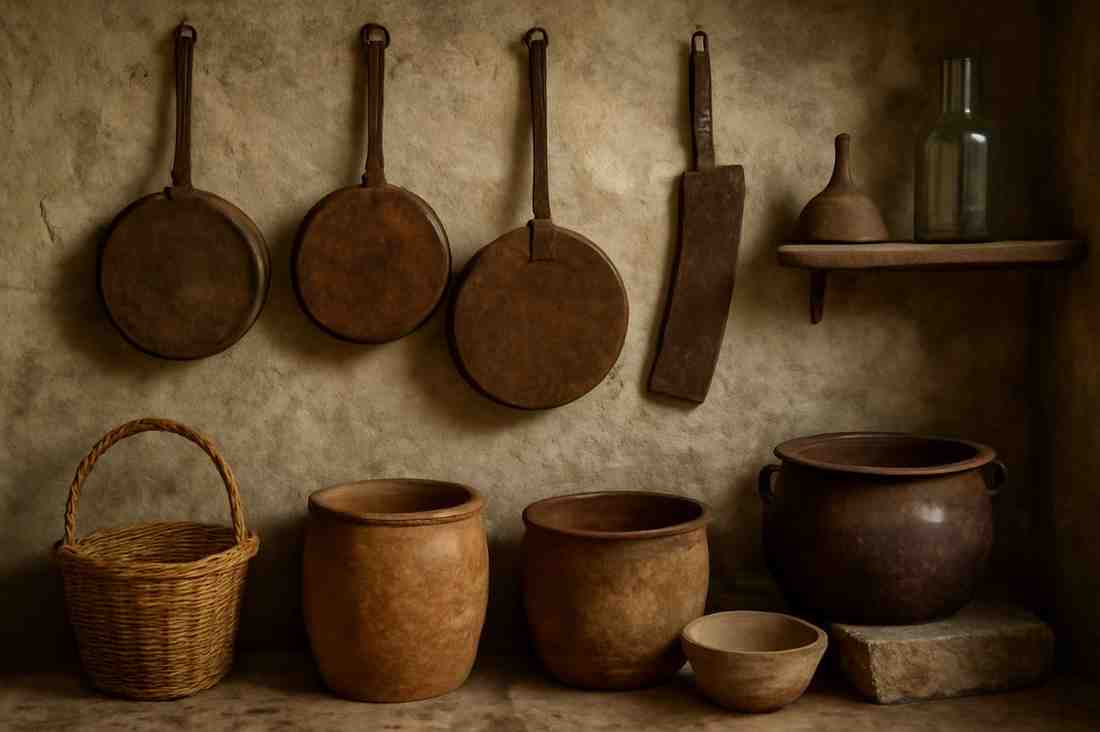
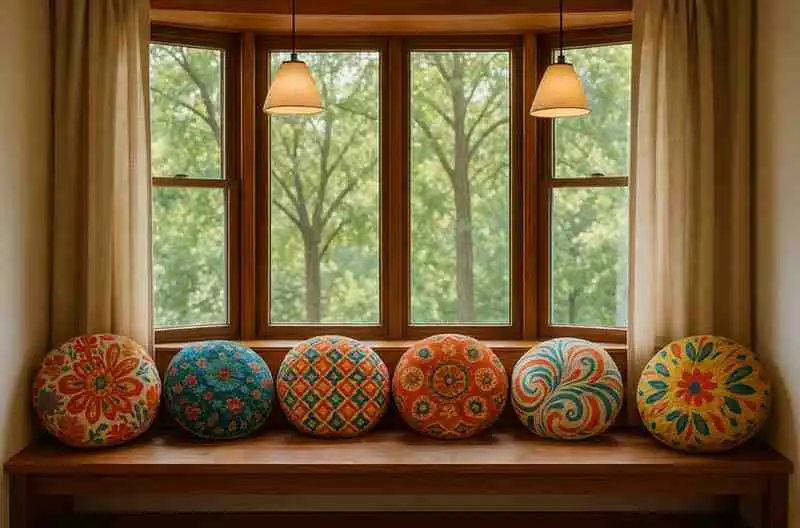
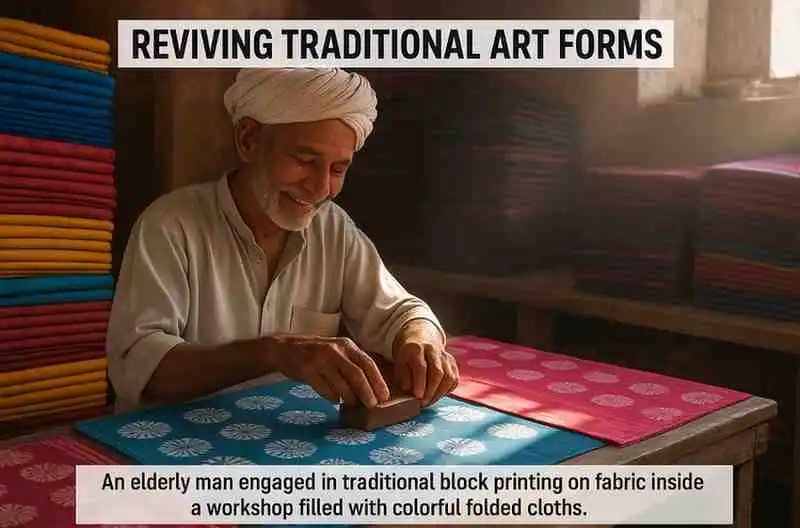
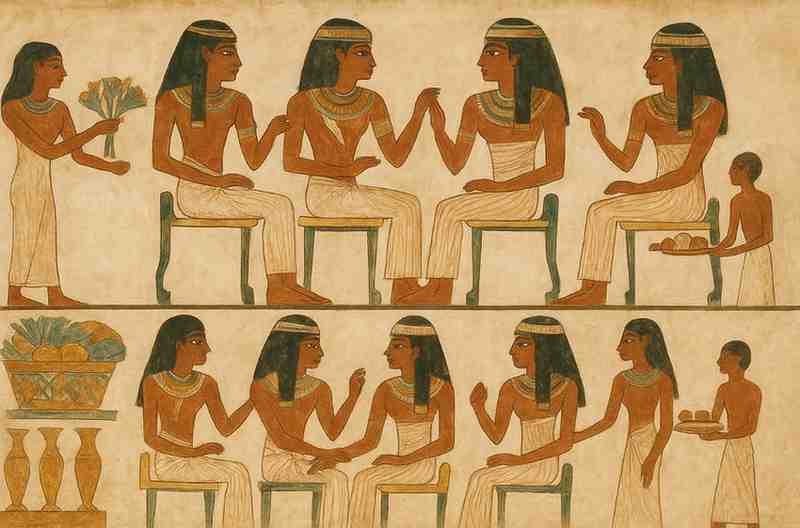
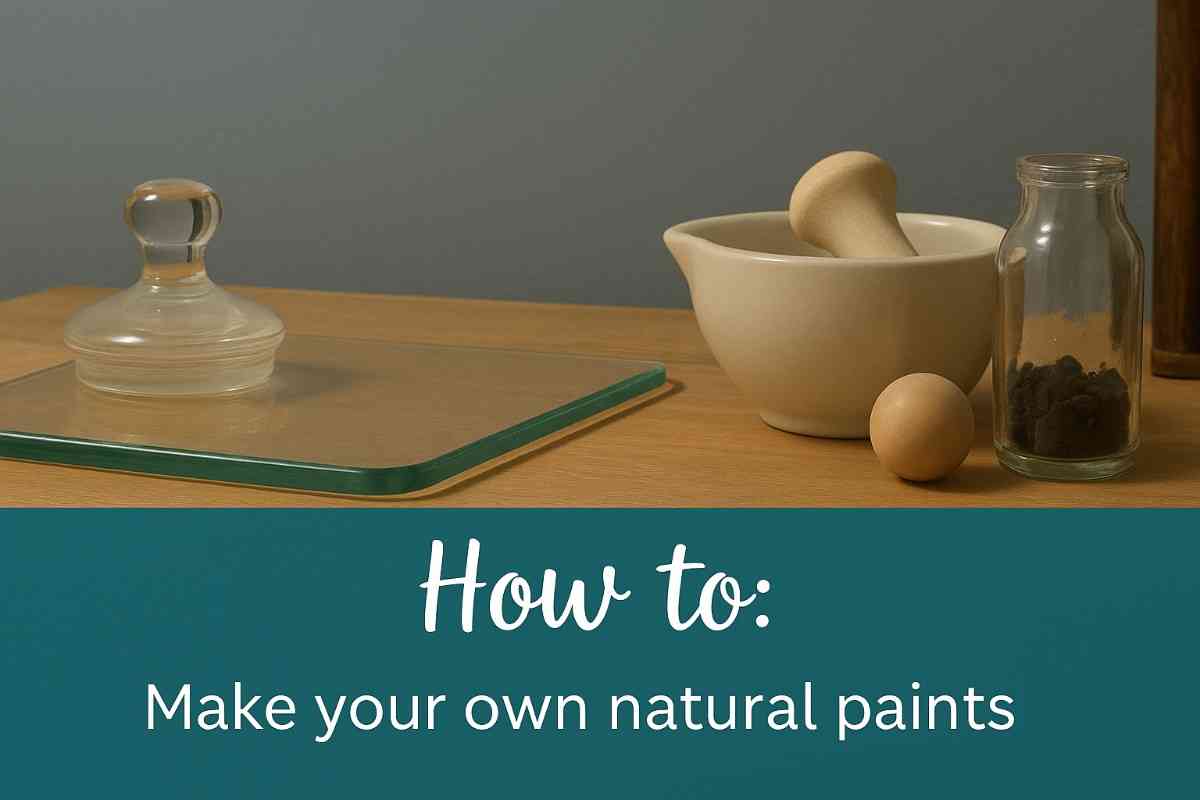
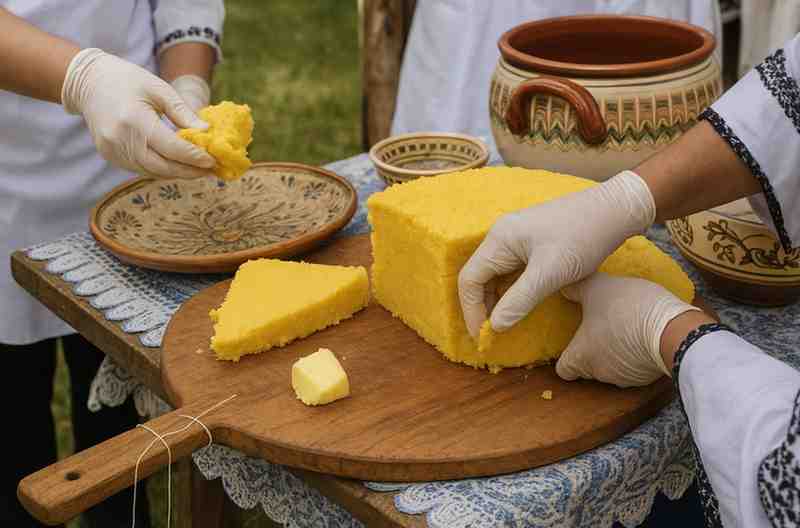


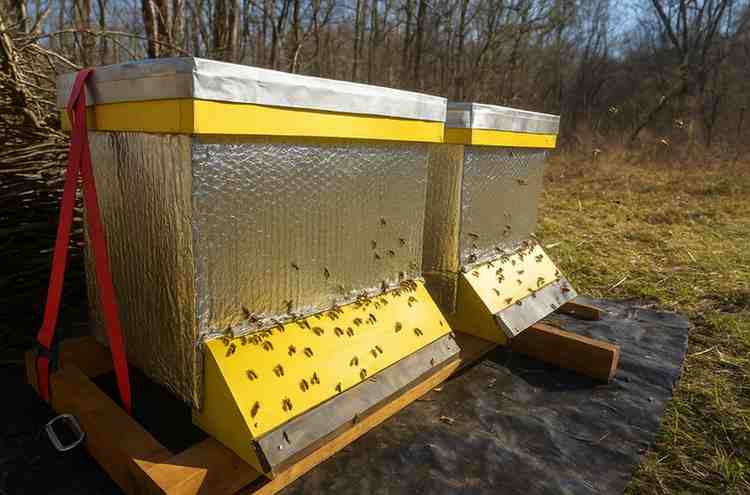

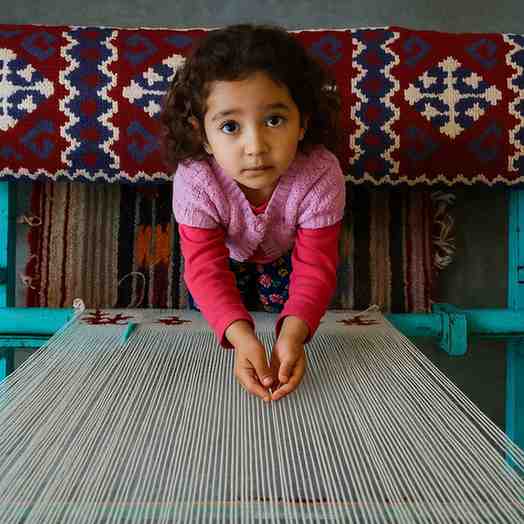
Leave a Reply